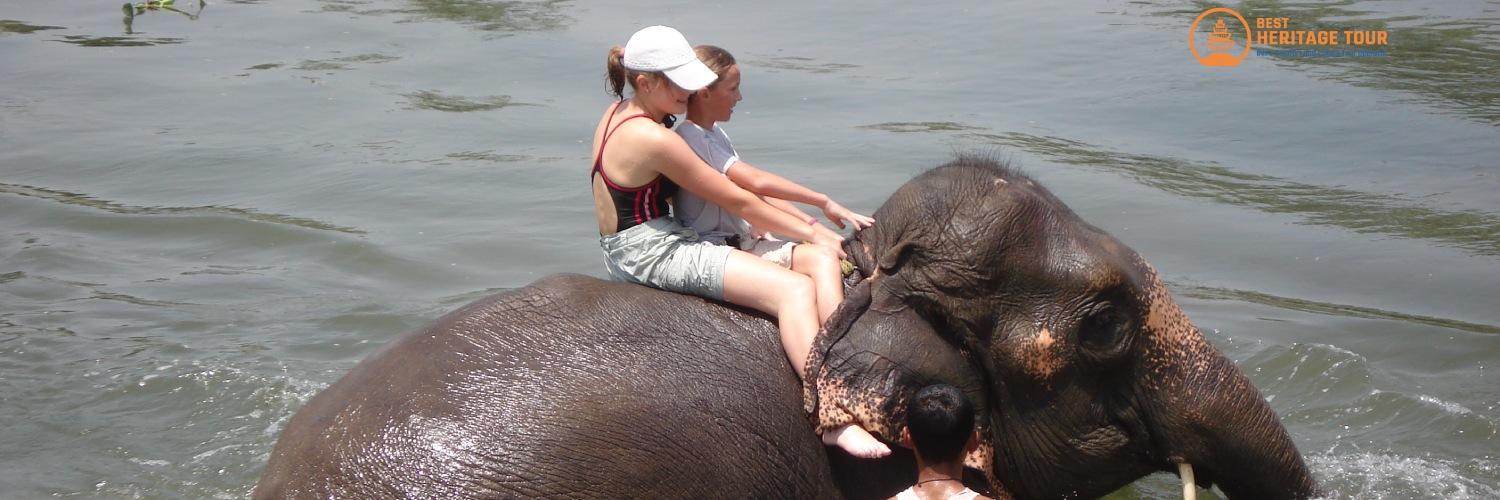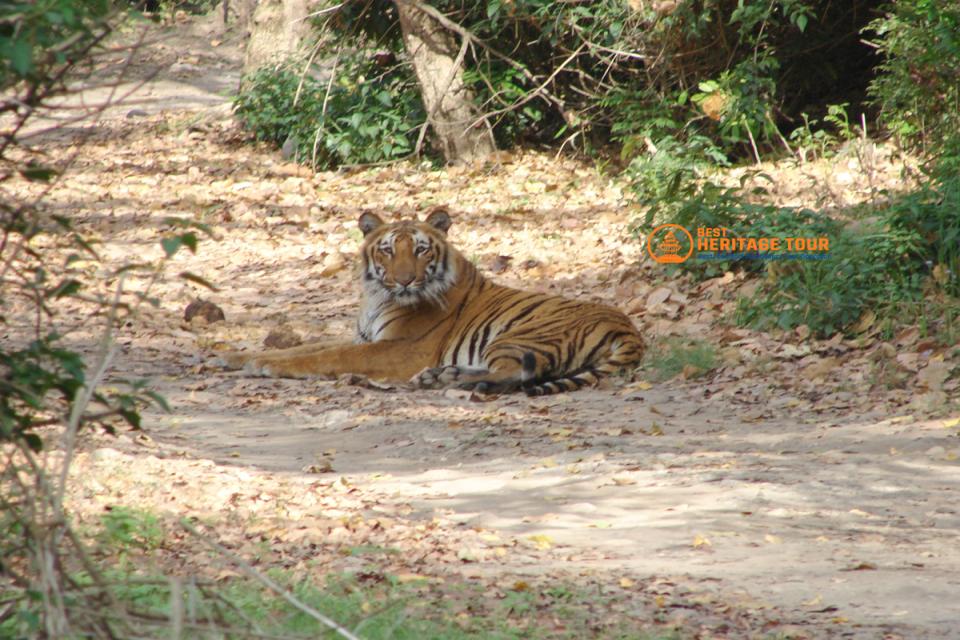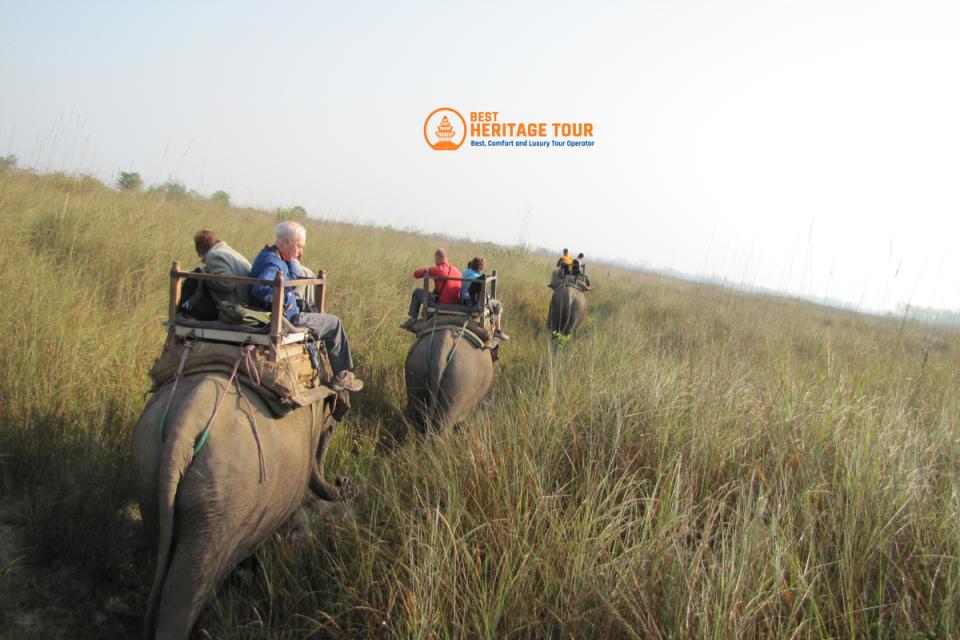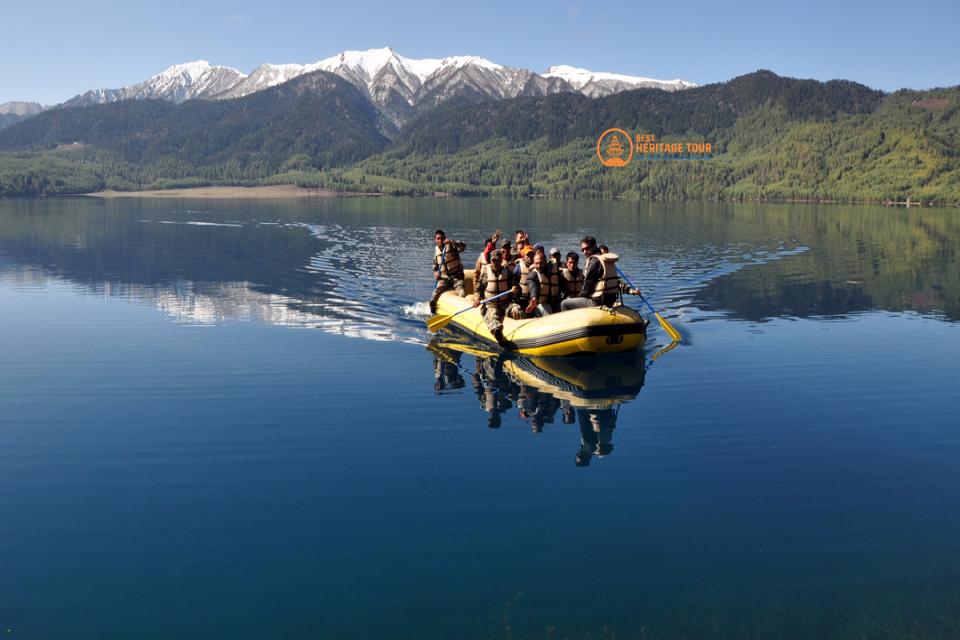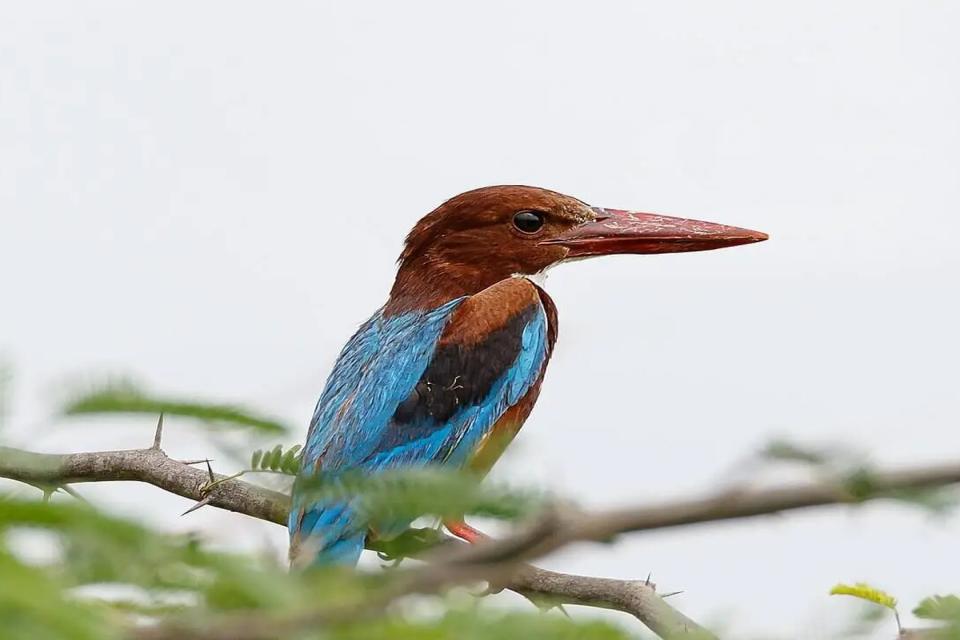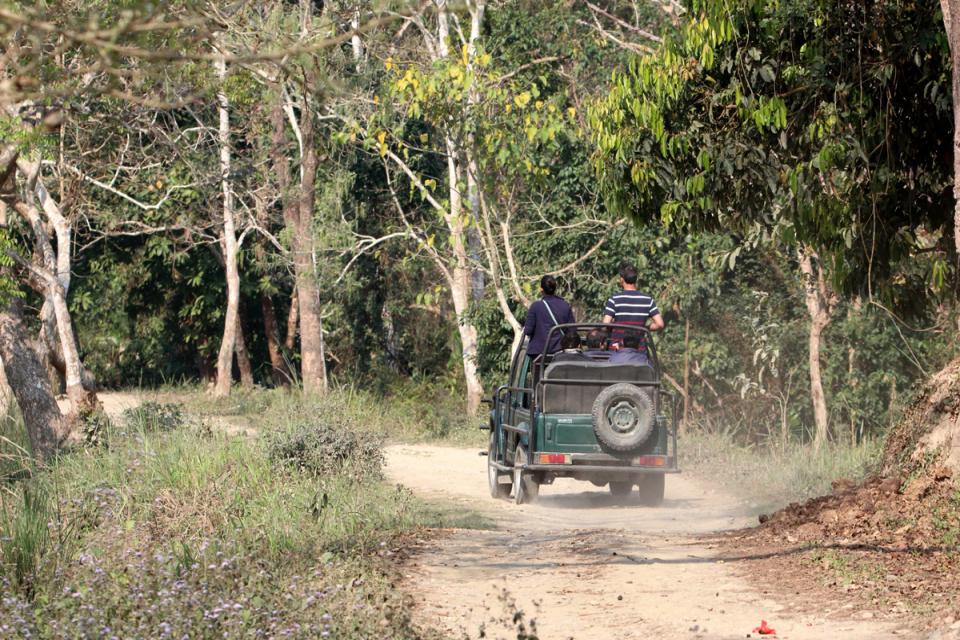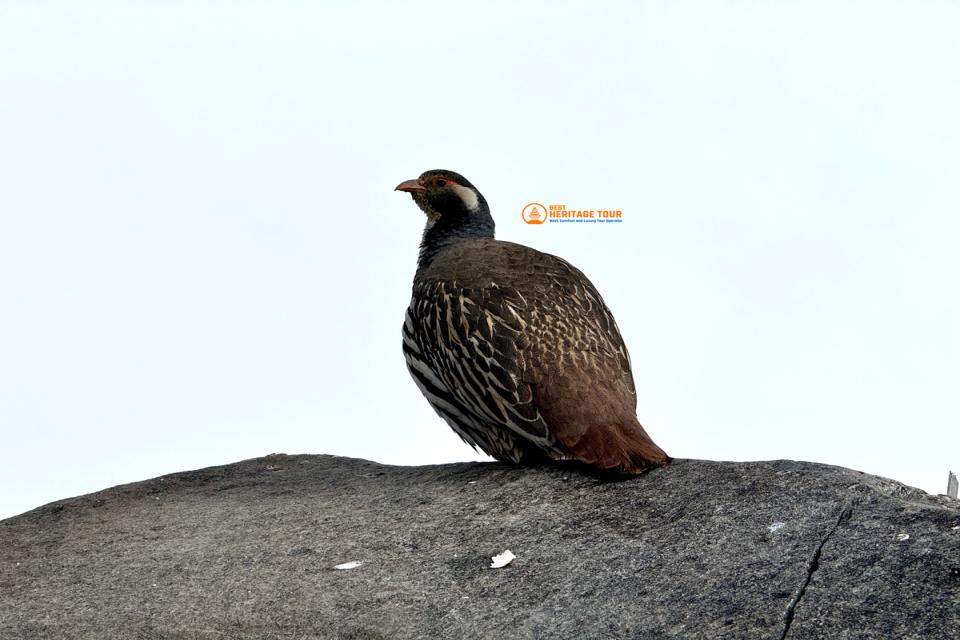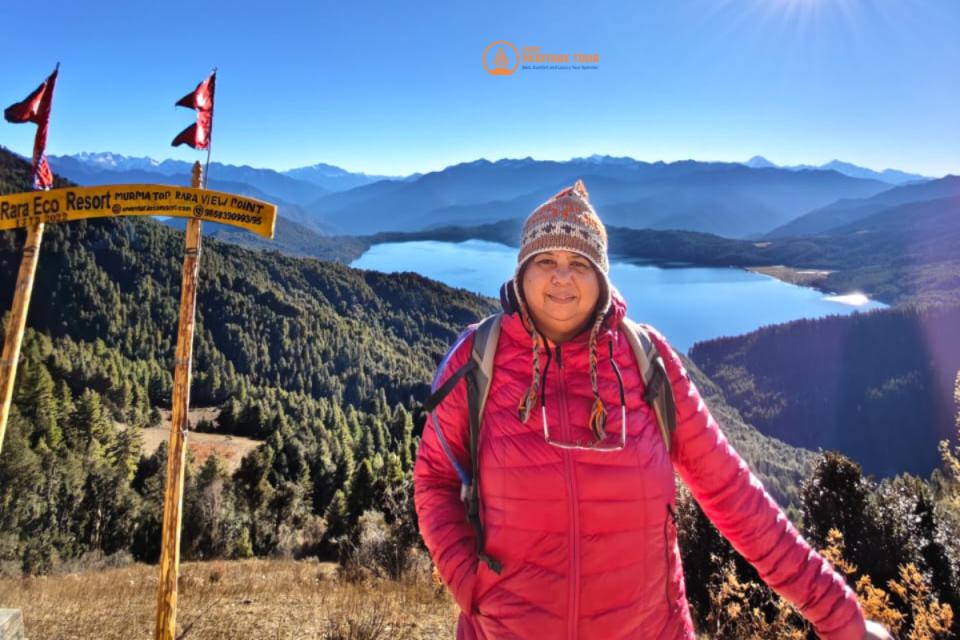Nestled in the heart of the Himalayas, Nepal is not only famous for its towering peaks and vibrant culture but also for its extraordinary wildlife and lush jungles. For nature lovers and adventure seekers alike, a jungle safari in Nepal offers a unique window into some of the most pristine ecosystems in Asia. Whether you dream of spotting the elusive Bengal tiger, marveling at the rare one-horned rhinoceros, or simply soaking in the diverse birdlife, Nepal’s national parks and wildlife reserves provide the perfect backdrop for unforgettable wildlife adventures in 2026 and 2027.
This comprehensive guide will take you through the top safari destinations in Nepal, the best times to visit, what animals you can expect to encounter, and practical tips for planning your jungle safari. Get ready to embark on a thrilling journey into Nepal’s wilderness and experience its remarkable biodiversity up close.
Top National Parks and Wildlife Reserves for Jungle Safari in Nepal
Nepal boasts a network of national parks and wildlife reserves that protect its rich biodiversity and offer incredible opportunities for jungle safaris. Below are the key parks you should consider for your wildlife adventure:
1. Chitwan National Park
Established in 1973 AD (2030 BS), Chitwan National Park spans approximately 932 square kilometers in the subtropical Terai lowlands of southern Nepal. As Nepal’s first national park and a UNESCO World Heritage Site since 1984, Chitwan is arguably the most famous safari destination in the country. It features dense forests, grasslands, and riverine areas that provide habitat for a wide range of species.
Main highlights:
- Home to the endangered Bengal tiger and the majestic one-horned rhinoceros
- Offers traditional elephant safaris, jeep safaris, canoe rides, and birdwatching tours
- Over 500 species of birds, including the rare Bengal florican, great hornbill, and kingfishers
- Other wildlife includes sloth bears, wild elephants, crocodiles, and deer species
2. Bardiya National Park
Bardiya National Park, established in 1988 AD (2045 BS), covers an expansive area of around 968 square kilometers in western Nepal. It is the largest and one of the least crowded national parks in Nepal, making it a hidden gem for wildlife lovers seeking a more tranquil safari experience.
Main highlights:
- Rich populations of Bengal tigers, Asian elephants, and the rare swamp deer
- Diverse habitats ranging from dense forests to riverine grasslands
- Famous for excellent jeep safaris and walking safaris that allow close wildlife encounters
- Over 400 bird species, including crested serpent eagles, gray-headed fish eagles, and hornbills
3. Langtang National Park
Established in 1976 AD (2033 BS), Langtang National Park spans about 1,710 square kilometers in the Himalayan foothills north of Kathmandu. It is Nepal’s first Himalayan national park and offers a unique combination of alpine scenery and wildlife diversity.
Main highlights:
- Habitat for the rare red panda, Himalayan black bear, musk deer, and snow leopard (occasionally)
- Rich birdlife including Himalayan monal pheasants, snowcocks, and eagles
- Popular for combining trekking with wildlife spotting, especially in the Langtang Valley and Gosainkunda area
4. Rara National Park
Rara National Park, established in 1976 AD (2033 BS), covers approximately 106 square kilometers in the remote northwest region of Nepal. It is home to Rara Lake, the largest natural lake in Nepal, which adds to the park’s scenic charm.
Main highlights:
- Known for species like the Himalayan musk deer, blue sheep, and the elusive snow leopard
- Diverse bird species, including vultures, golden eagles, and snow pigeons
- Less visited, making it ideal for travelers seeking off-the-beaten-path jungle safaris
5. Koshi Tappu Wildlife Reserve
Established in 1976 AD (2033 BS), Koshi Tappu Wildlife Reserve spans about 175 square kilometers in southeastern Nepal. It is famous for its wetland ecosystem and rich birdlife, making it a top spot for birdwatchers.
Main highlights:
- Home to the endangered wild water buffalo (Arna)
- Over 485 bird species, including many migratory and aquatic birds like storks, herons, and kingfishers
- Safari options include jeep rides and boat safaris along the Koshi River
Wildlife You Can Expect to See
Nepal’s diverse ecosystems, from the tropical Terai plains to alpine forests, host a spectacular array of wildlife. Whether you explore the lowland jungles of Chitwan and Bardiya or venture into higher elevations like Langtang, the variety of animals and birds is impressive.
-
Bengal Tiger (Panthera tigris tigris): The elusive Bengal tiger is the crown jewel of Nepal’s jungles. Chitwan and Bardiya National Parks are the best places to spot these magnificent big cats in their natural habitat. Tigers are primarily nocturnal, so sightings require patience and luck, but safaris guided by experienced trackers increase your chances.
-
One-Horned Rhinoceros (Rhinoceros unicornis): Chitwan National Park is home to the largest population of the rare one-horned rhinoceros in Nepal. These armored giants graze in grasslands and swamps, making them one of the highlights of any jungle safari. The successful conservation efforts have helped their numbers recover significantly.
-
Asian Elephant (Elephas maximus): The Asian elephant roams the forests of Chitwan, Bardiya, and even Langtang at higher altitudes. Known for their intelligence and social behavior, elephants are often seen during jeep and elephant-back safaris, adding to the thrill of wildlife watching.
-
Deer and Antelope Species: Nepal’s jungles support various species of deer and antelope, including the spotted deer (chital), hog deer, swamp deer (barasingha), and the elusive barking deer (muntjac). These herbivores form the prey base for large carnivores and are commonly seen during safaris.
-
Birds of Nepal’s Jungles: With over 900 recorded bird species in Nepal, its national parks are birdwatcher paradises. Key species include:
- Great hornbill and helmeted hornbill with their striking bills
- Bengal florican, a rare grassland bird found in Chitwan and Bardiya
- Kingfishers, storks, eagles, and vultures soar above or perch in the forest canopy
- Migratory birds add seasonal variety to the birdlife spectacle
-
Other Wildlife:
- Sloth bears, often spotted in Chitwan’s forests
- Himalayan black bears, found in Langtang and Rara
- Wild boars and monkeys such as rhesus macaques and langurs
- Gharials and marsh crocodiles inhabit the river systems in Chitwan
- Occasionally, the rare snow leopard may be glimpsed in higher Himalayan regions like Langtang and Rara, though sightings are extremely rare
Best Time for Jungle Safari in Nepal (2026/2027)
Timing your jungle safari right can greatly enhance your wildlife experience. Nepal’s climate and seasons affect animal behavior, accessibility, and overall safari conditions.
1. Dry Season: October to March
This period is widely considered the best time for jungle safaris in Nepal. The weather is cooler and drier, making wildlife more active and easier to spot as animals congregate near water sources. Visibility is excellent, and forest trails are less muddy and more accessible.
- October to December offers clear skies, pleasant temperatures, and lush post-monsoon vegetation.
- January to March is colder, especially in the mornings and evenings, but animals are still visible, and the parks are quieter with fewer tourists.
2. Monsoon Season: June to September
Monsoon brings heavy rainfall to most of Nepal, including the Terai jungles. Many areas become difficult to access due to muddy roads and flooded trails. However, the monsoon transforms the landscape into vibrant greenery and rejuvenates water sources.
- Wildlife may be less visible as animals spread out.
- Birdwatching can still be rewarding with migratory species arriving.
- Some lodges and tours may close temporarily during the peak monsoon.
3. Shoulder Seasons: Late March to May
Late spring can be a good time for safaris with warmer temperatures and emerging flora. However, the Terai lowlands can get hot, and animals may retreat to shaded areas during the day, making sightings less frequent in midday.
4. Weather and Accessibility Considerations
- Always check park-specific conditions, as altitude and terrain vary widely.
- Some parks, like Langtang, are affected by snow and cold in winter.
- Advance booking is recommended during peak season due to high demand.
Types of Jungle Safari Experiences in Nepal
Nepal offers a variety of safari styles tailored to different adventure levels and interests. From thrilling jeep rides to serene canoe trips, you can choose the perfect way to explore the wilderness.
-
Elephant Safari: One of the most iconic safari experiences in Nepal, the elephant safari allows visitors to quietly move through dense forests, getting close to wildlife without disturbing them. Riding on an elephant’s back provides a unique vantage point to observe animals like rhinos, deer, and even tigers in Chitwan and Bardiya. However, ethical considerations about elephant welfare have led some travelers to opt for alternative safaris.
-
Jeep Safari: Jeep safaris are a popular choice in larger parks such as Bardiya and Chitwan. They cover more ground quickly and can navigate various terrains. Jeep safaris often include guided drives along forest roads, riverbanks, and grasslands, increasing your chances to spot diverse wildlife.
-
Walking Safari: For the adventurous, walking safaris offer an intimate connection with nature. Guided by experienced naturalists and armed with binoculars, you can explore trails, track animal footprints, and enjoy birdwatching up close. Walking safaris are available in Bardiya and some parts of Chitwan and allow for a quieter, more immersive jungle experience.
-
Canoe and Boat Safari: In parks with abundant water bodies like Chitwan and Koshi Tappu, canoe and boat safaris are excellent for spotting aquatic animals, birds, and crocodiles. Paddling silently along the river, you can watch gharials basking on sandbanks or observe birds nesting in the trees.
-
Birdwatching Safari: Nepal is a birdwatcher’s paradise, and specialized birding tours are offered in many parks. Whether you are a casual observer or an avid ornithologist, birdwatching safaris provide opportunities to see colorful species like the Himalayan monal, florican, and numerous waterfowl.
How to Prepare for Your Jungle Safari in Nepal
Proper preparation can make your jungle safari safe, comfortable, and unforgettable. Here are some essential tips to get you ready:
-
What to Pack
- Clothing: Lightweight, breathable clothes in neutral colors (green, khaki, brown) to blend into the environment. Long sleeves and pants help protect against insects.
- Footwear: Comfortable hiking shoes or boots with good grip are essential for walking safaris.
- Accessories: Binoculars, camera with zoom lens, insect repellent, sunscreen, and a hat for sun protection.
- Weather Gear: A lightweight rain jacket during monsoon season; warm layers for early mornings and evenings.
-
Health and Safety
- Consult your doctor about vaccinations and anti-malarial precautions if traveling to lowland parks.
- Carry a basic first aid kit including medication for insect bites, stomach upsets, and minor injuries.
- Follow park guidelines strictly and listen carefully to your guides, especially regarding wildlife distances and safety.
-
Choosing the Right Tour Operator
Select a reputable safari company with experienced guides and responsible wildlife practices. Eco-friendly operators who contribute to conservation efforts enhance your experience while protecting Nepal’s environment.
If you're looking for a reliable option, Best Heritage Tour is known for its expert local guides, commitment to sustainability, and personalized safari experiences across Nepal’s top national parks.
-
Permits and Fees
Most national parks require entry permits and sometimes additional fees for safaris and guides. These vary by park and season, so check current rates before booking.
Conservation Efforts and Responsible Tourism
Nepal has made impressive strides in wildlife conservation, becoming a global example of how community engagement, anti-poaching efforts, and ecotourism can work together to protect endangered species and ecosystems.
-
Nepal’s Conservation Success Stories
- One-Horned Rhinoceros Recovery: Chitwan National Park, once heavily poached, has seen rhino populations bounce back due to strict protection and translocation efforts.
- Zero Poaching Milestones: Nepal has celebrated multiple years with zero poaching of rhinos and tigers, an extraordinary achievement in Asia.
- Tiger Conservation: The number of Bengal tigers in Nepal nearly doubled between 2010 and 2022, making it one of the few countries to meet the TX2 goal (double tiger numbers).
-
Role of Community-Based Conservation
Nepal’s parks are surrounded by buffer zones where local communities benefit directly from tourism. A portion of park entry fees goes back to support education, health, infrastructure, and conservation.
- Community Forests allow locals to manage and protect forests themselves, helping reduce deforestation.
- Homestays and eco-lodges offer authentic cultural experiences while supporting the local economy.
-
How You Can Be a Responsible Wildlife Tourist
- Avoid disturbing animals or feeding wildlife.
- Stick to designated trails and respect park rules.
- Choose eco-certified tour operators.
- Support locally-owned lodges and buy crafts made by indigenous communities.
- Avoid plastic waste and bring reusable water bottles and bags.
By traveling responsibly, you help protect Nepal’s incredible biodiversity for future generations and contribute to the livelihoods of people who live closest to the wild.
How to Book Your Jungle Safari in Nepal
Planning a jungle safari in Nepal is easier than ever, with a wide range of options to suit every interest and budget. Here’s how to get started.
-
Step 1: Choose Your Destination
Select your safari location based on what you want to see:
- Chitwan National Park: Ideal for first-time visitors and families, great chance to see rhinos, elephants, and tigers.
- Bardiya National Park: More remote and wilder, perfect for experienced travelers or photographers.
- Koshi Tappu: A birdwatcher’s haven.
- Langtang or Rara: Combine wildlife with scenic trekking and cultural exploration.
-
Step 2: Select the Right Tour Package
You can book:
- Day trips from nearby cities like Sauraha (Chitwan) or Thakurdwara (Bardiya)
- 2 to 5-day safari packages that include accommodation, meals, park fees, and multiple safari types
- Customized eco-tours combining wildlife viewing, cultural immersion, and trekking
-
Step 3: Book through Reliable Operators
Look for:
- Government-registered agencies
- Positive online reviews and TripAdvisor ratings
- Guides certified by the Nepal Tourism Board or National Parks Authority
- Operators practicing sustainable tourism
-
Step 4: Reserve in Advance
While walk-in bookings are possible in shoulder season, advance booking is recommended, especially from October to March, Nepal’s peak safari season. Early bookings also secure the best guides and lodge options.
-
Online Booking Platforms and Local Agents
You can book through:
- Official travel agency websites
- Local agents in Kathmandu, Pokhara, or nearby towns
- Online platforms like Viator, GetYourGuide, or Eco-tourism networks in Nepal
-
Average Cost Breakdown (as of 2025/2026)
|
Package Type |
Duration |
Price Range (USD) |
Inclusions |
|---|---|---|---|
|
Basic Day Safari |
1 day |
$40–$70 |
Entry, jeep ride, guide |
|
Mid-Range Package |
2–3 days |
$120–$250 |
Accommodation, meals, safari |
|
Luxury Eco-Safari |
3–5 days |
$300–$800+ |
Boutique lodging, private guides, multiple safari types |
Note: Prices are approximate and can vary based on travel season, availability, group size, and service providers. It’s always a good idea to check with local operators for the most up-to-date rates.
Travel Tips for First-Time Jungle Safari Visitors
If this is your first jungle safari in Nepal, here are some tried-and-true tips to make your adventure safe, smooth, and rewarding.
-
Time Your Visit Right
- Best time: October to March offers cooler temperatures, dry trails, and the best chances of spotting wildlife as animals come out for water and sun.
- Avoid monsoon season (June–August) due to leeches, muddy conditions, and fewer animal sightings.
-
Be Quiet and Patient: Wildlife sightings depend heavily on silence and patience. Avoid loud conversations, mobile phones, or sudden movements. The more you blend into nature, the more you'll witness.
-
Choose Early Morning or Late Afternoon Safaris: These times offer the highest chances of seeing animals like tigers, rhinos, and sloth bears, as they tend to avoid the midday heat.
-
Travel in Small Groups: Small safari groups are less intrusive to the environment and provide more personalized attention from your guide. You’ll also have better photo opportunities and a quieter experience.
-
Stay at Eco-Friendly Accommodations: Opt for jungle lodges and homestays that follow sustainable practices, like solar power, local food sourcing, and waste management. Your stay can directly benefit the surrounding communities.
-
Don’t Expect a Zoo: A jungle safari is about experiencing animals in their natural habitat. You may not always see everything on your list, enjoy the overall biodiversity, from insects and birds to plants and landscapes.
-
Respect Local Customs: In rural areas near national parks, always dress modestly, ask permission before photographing people, and support local artisans and farmers by buying handmade souvenirs or booking cultural add-ons.
Final Thoughts: Why Jungle Safaris in Nepal Are Unforgettable
A jungle safari in Nepal is much more than a wildlife-spotting trip, it's a deep dive into the country's rich natural heritage, ancient cultures, and conservation triumphs. Whether you're seeking the thrill of seeing a wild Bengal tiger in Bardiya, listening to exotic birdcalls in Koshi Tappu, or enjoying the serenity of Rara’s alpine forests, Nepal offers raw, authentic experiences that stay with you long after the journey ends.
With the government and communities working together to protect endangered species and promote sustainable tourism, your visit becomes a part of that positive impact. So, pack your binoculars and boots, it’s time to step into the wild heart of Nepal.
Ready for a Wildlife Adventure in Nepal? Explore Nepal’s stunning national parks and reserves in 2026/2027, from misty riverbanks to golden grasslands. Whether you’re a nature lover, photographer, or adventure seeker, a jungle safari here is truly unforgettable.
Trust Best Heritage Tour for expert guides, ethical practices, and custom safaris in Chitwan, Bardiya, and Koshi Tappu. Experience an immersive, safe, and eco-friendly wildlife journey.
Book Your Safari or Get More Information Now:
-
Phone/WhatsApp/Viber: +9779851149197 / +9779810043046
-
Email: bestheritagetour@gmail.com / info@bestheritagetour.com
-
Website: www.bestheritagetour.com
-
Location: Thamel Marg, Kathmandu, Nepal
Author: Best Heritage Tour
Date: 6th June, 2025

